3 Steps To Help Your Cat Recover From Neutering Surgery
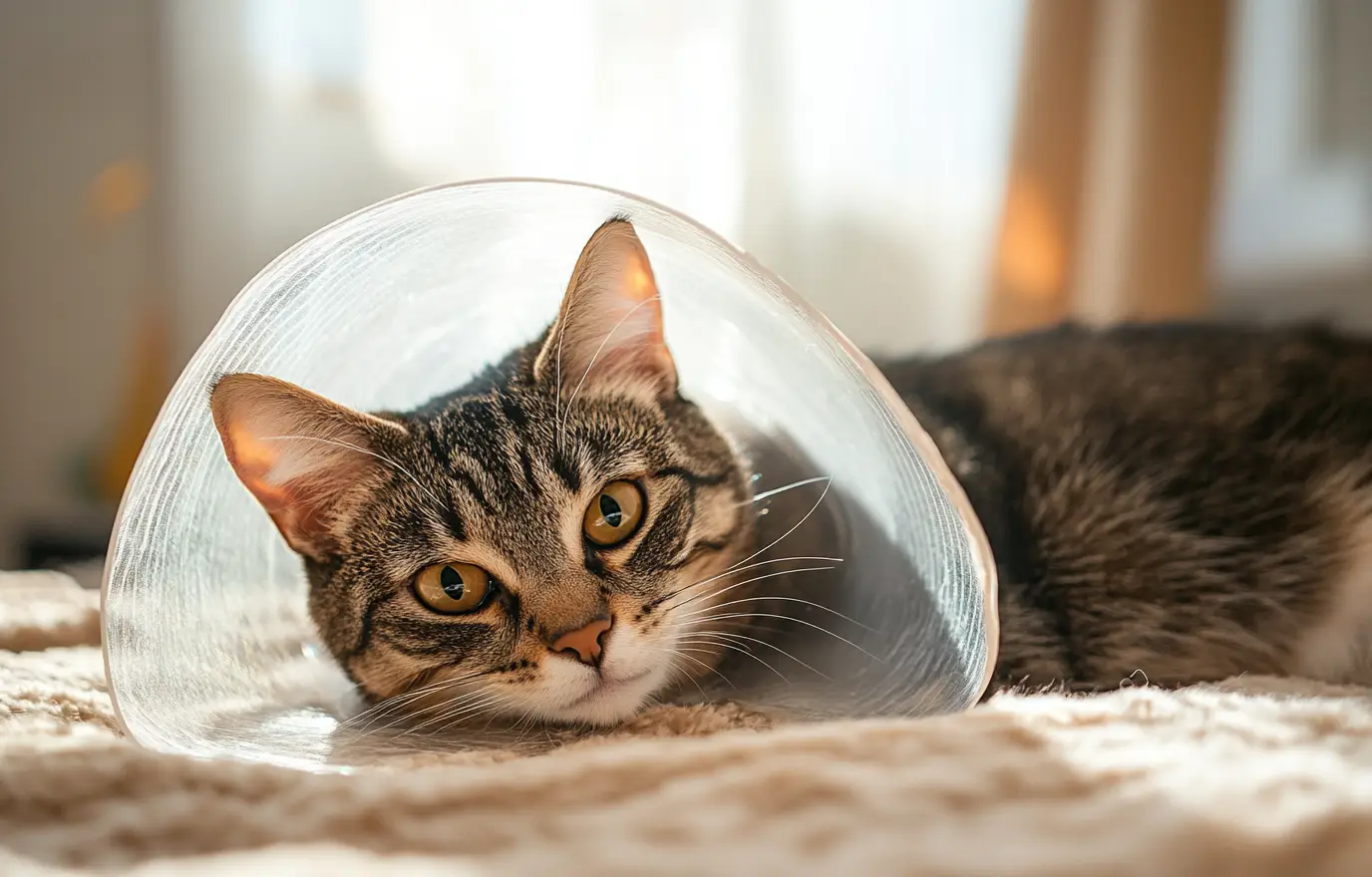
PHOTO: Ashley Davis
Part 1: Provide a Safe Post-Surgery Recovery Environment1: Provide a Quiet and Comfortable Environment Create a Calm and Comfortable Space: After anesthesia, a cat may feel nauseous and uncomfortable for 18-24 hours. During this time, the cat might be more likely to scratch or bite people or other animals. Therefore, it is important to keep the cat in a quiet environment where it can rest alone. Ensure Visibility and Accessibility: Make sure the cat's resting area is within your line of sight. Block off any dangerous areas or hiding spots that you cannot easily access. Prevent Disturbances from Children and Other Pets: The cat needs peace and quiet to recover properly. Being constantly disturbed by other animals or people will prevent it from getting the rest it needs.
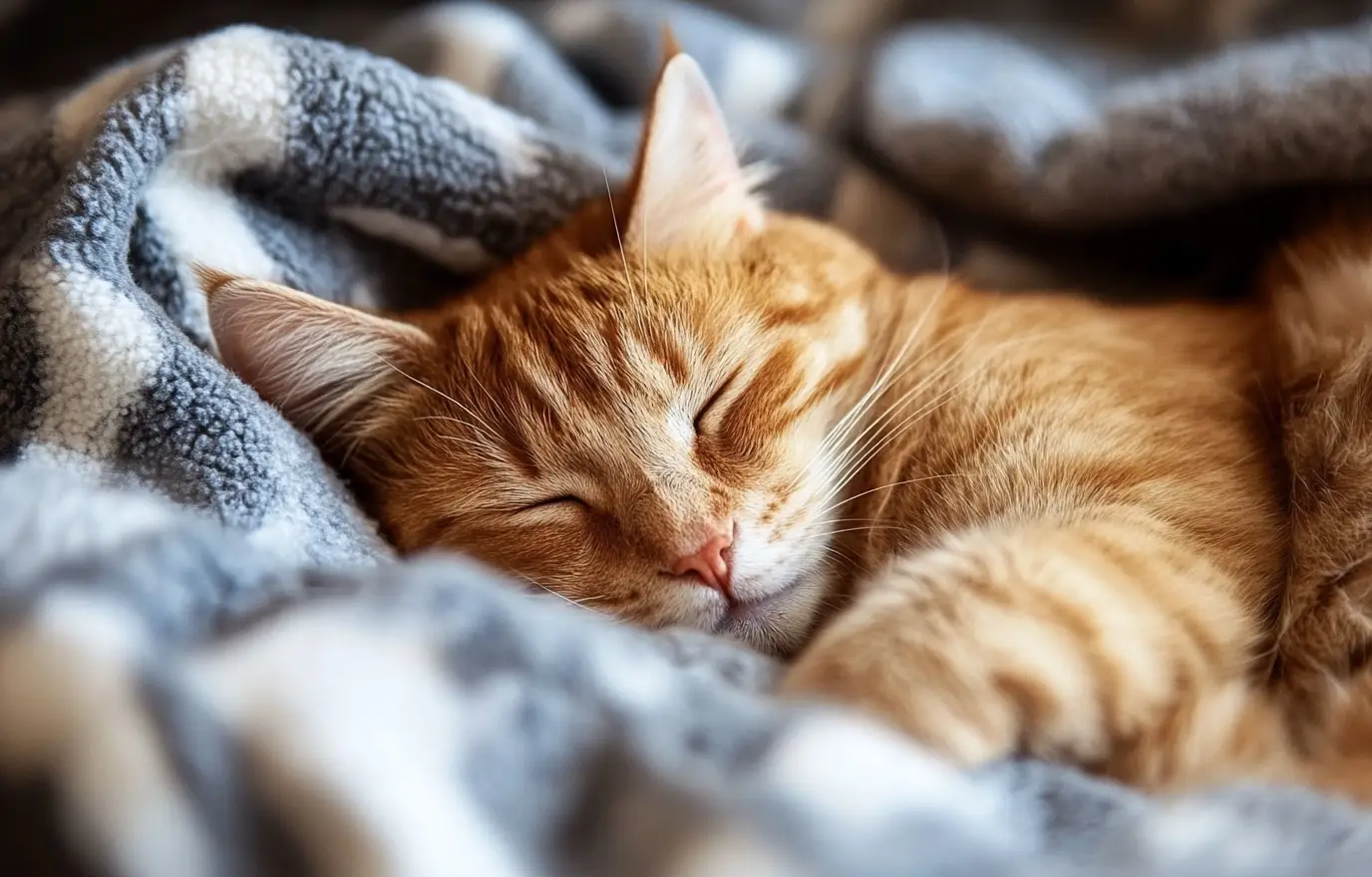
PHOTO: Ashley Davis
2: Ensure the Cat's Comfort Provide a Comfortable Sleeping Area: Give the cat a cozy place to sleep. If the cat doesn't have a designated bed, you can use a box lined with soft pillows or blankets. Choose a Suitable Room: Place the cat's bed in a room with a tile or hardwood floor. Cats often like to stretch out on cool, firm surfaces, which can help soothe the surgical area by keeping the abdomen cool. Keep the Bed Low: Position the bed at a low height to prevent the cat from frequently jumping in and out. This reduces strain and allows for a more comfortable recovery.
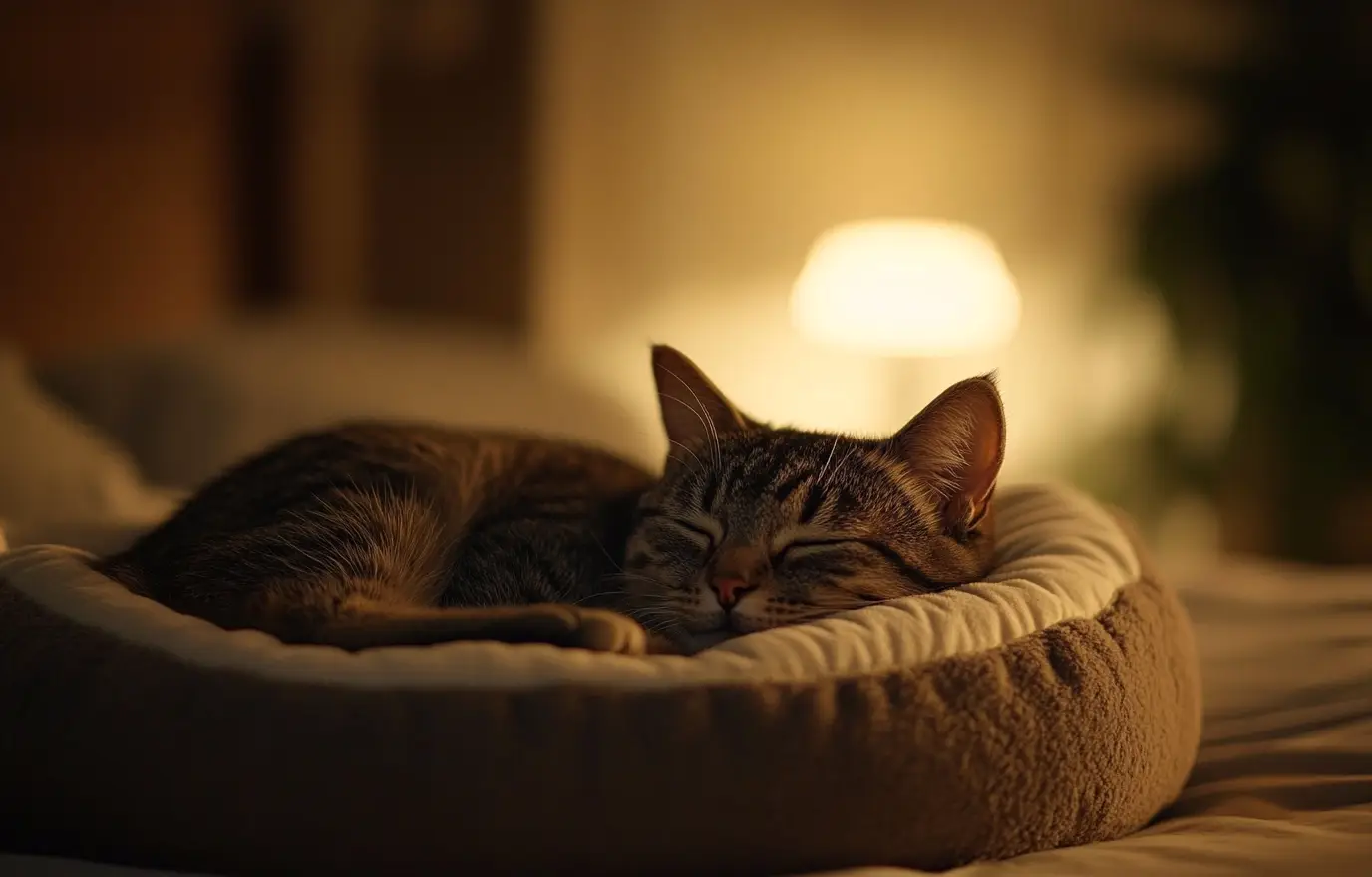
PHOTO: Ashley Davis
Reduce Light Exposure: Cats are often sensitive to light after anesthesia. Dim the lights in the cat's resting area, or turn them off entirely to create a more comfortable environment.
Provide a Covered Bed: If you can't dim the lights, consider providing the cat with a bed that has a cover or canopy. This will help shield the cat from bright light and create a darker, more soothing space.
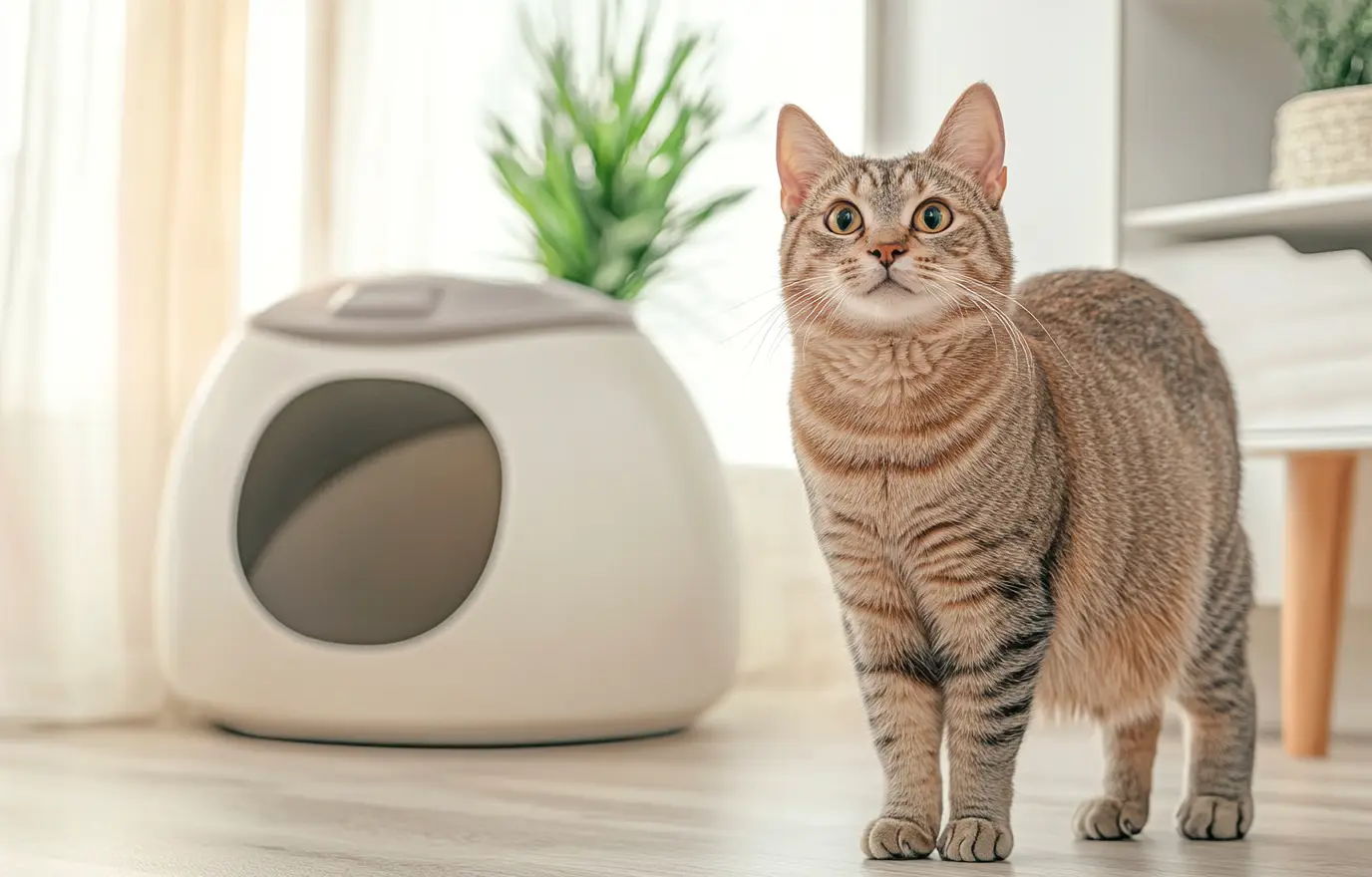
PHOTO: Ashley Davis
Ensure Clean Litter Box and Accessible Food and Water: To facilitate recovery, make sure the cat has easy access to a clean litter box, as well as food and water. Avoid requiring the cat to jump, climb stairs, or search for necessities.
Use Alternative Litter for At Least a Week: Do not use regular cat litter for at least one week after surgery. Litter can get into the surgical incision and cause infection, especially in male cats. Opt for alternatives such as shredded paper, newspaper (e.g., Yesterday’s News), or uncooked long-grain rice.
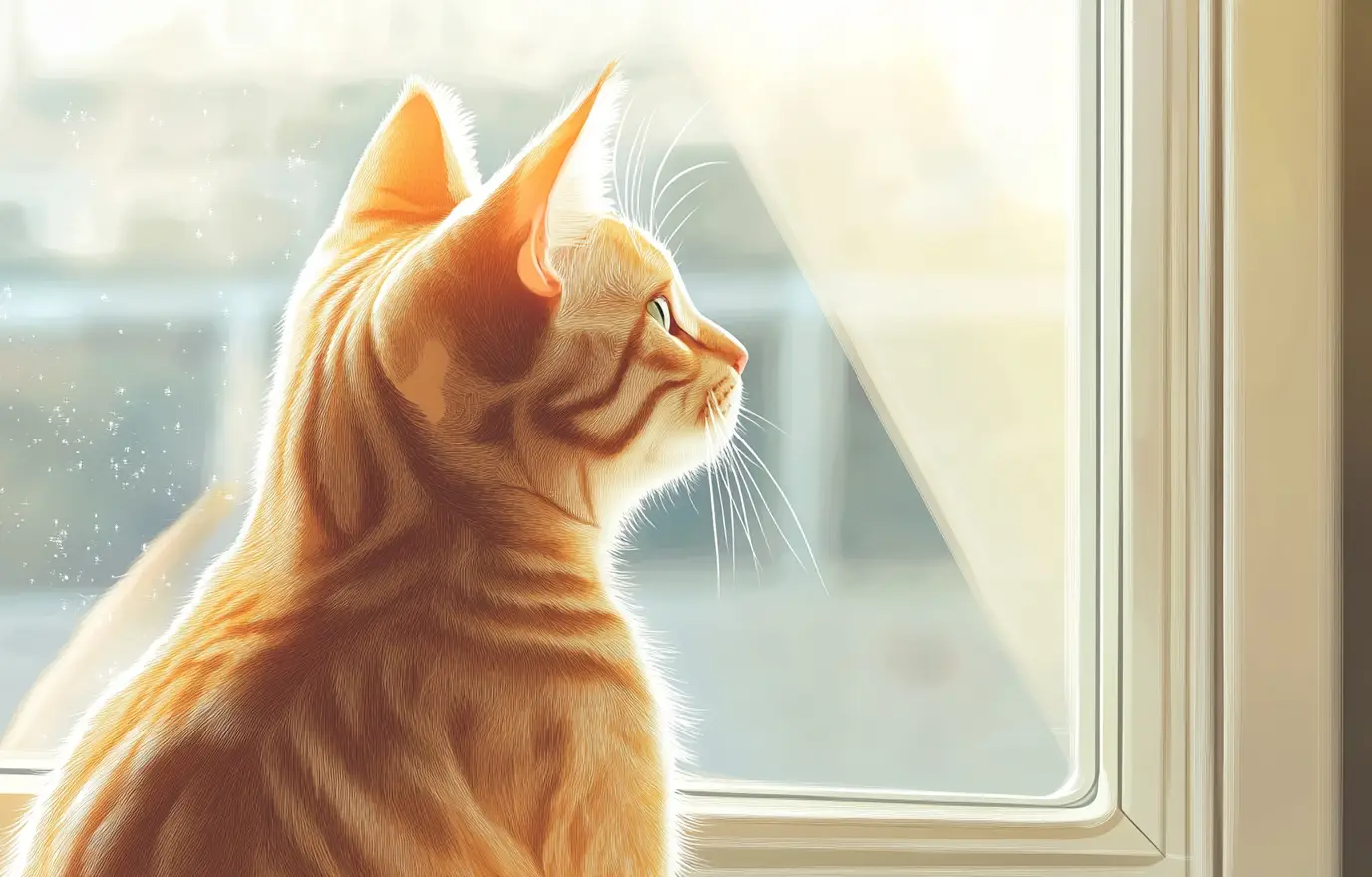
PHOTO: Ashley Davis
Keep the Cat Indoors: To ensure the surgical site remains clean, dry, and free from infection, keep the cat indoors for at least 2 weeks after surgery. This will help prevent any complications and promote proper healing.
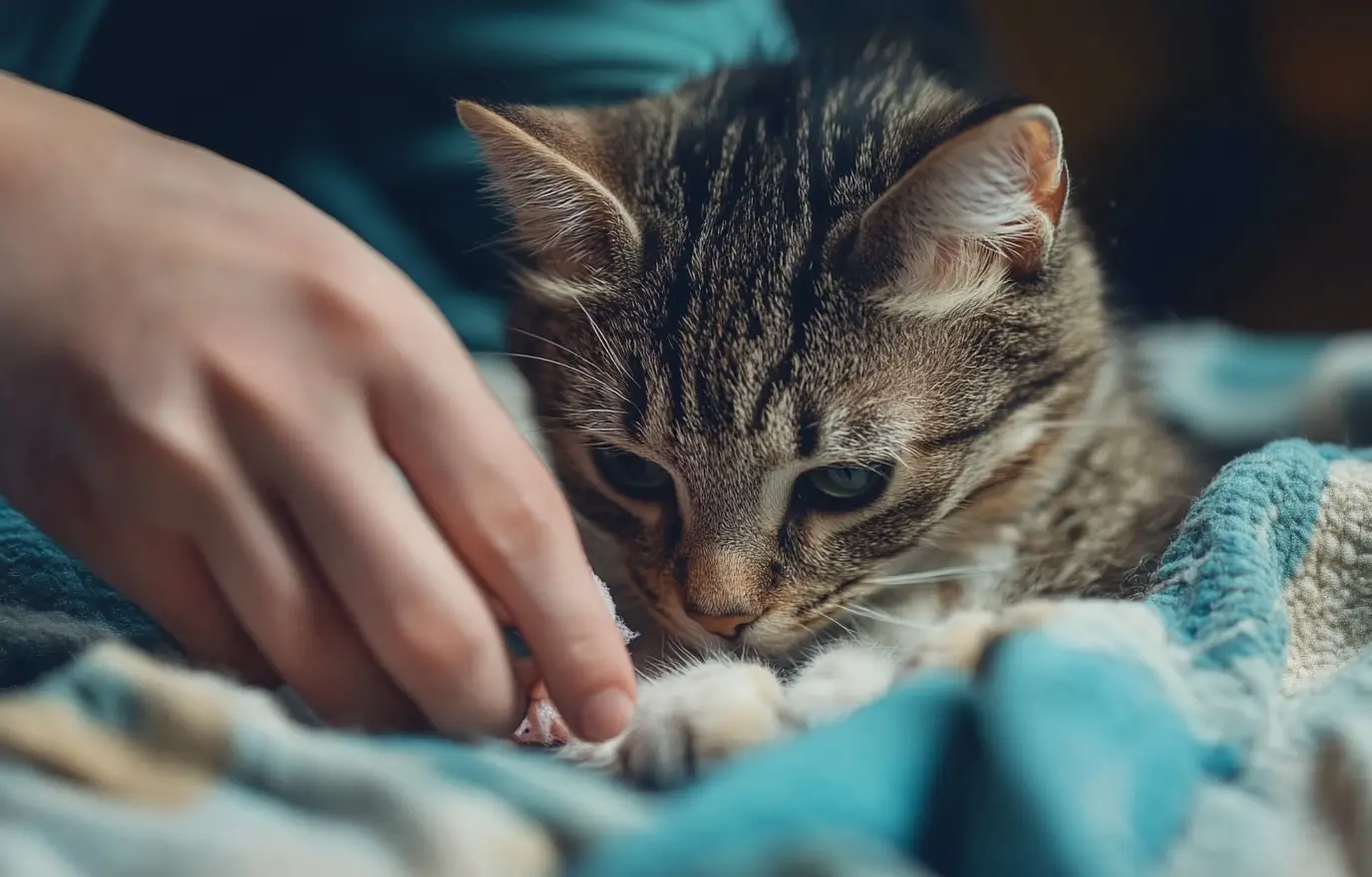
PHOTO: Ashley Davis
1: Inspect the Surgical Incision
Check the Surgical Incision: Regularly inspect the cat's surgical incision to monitor its appearance and recovery progress. Before bringing the cat home, you might ask the vet to show you the incision and explain what it should look like during the healing process. Taking a photo of the incision on the first day after surgery can serve as a useful reference.
For female cats, the incision is typically made in the abdominal area.
For male cats, there are usually two small incisions made in the scrotal area, or in some cases, an incision is made in the abdomen if the testicles have not descended.
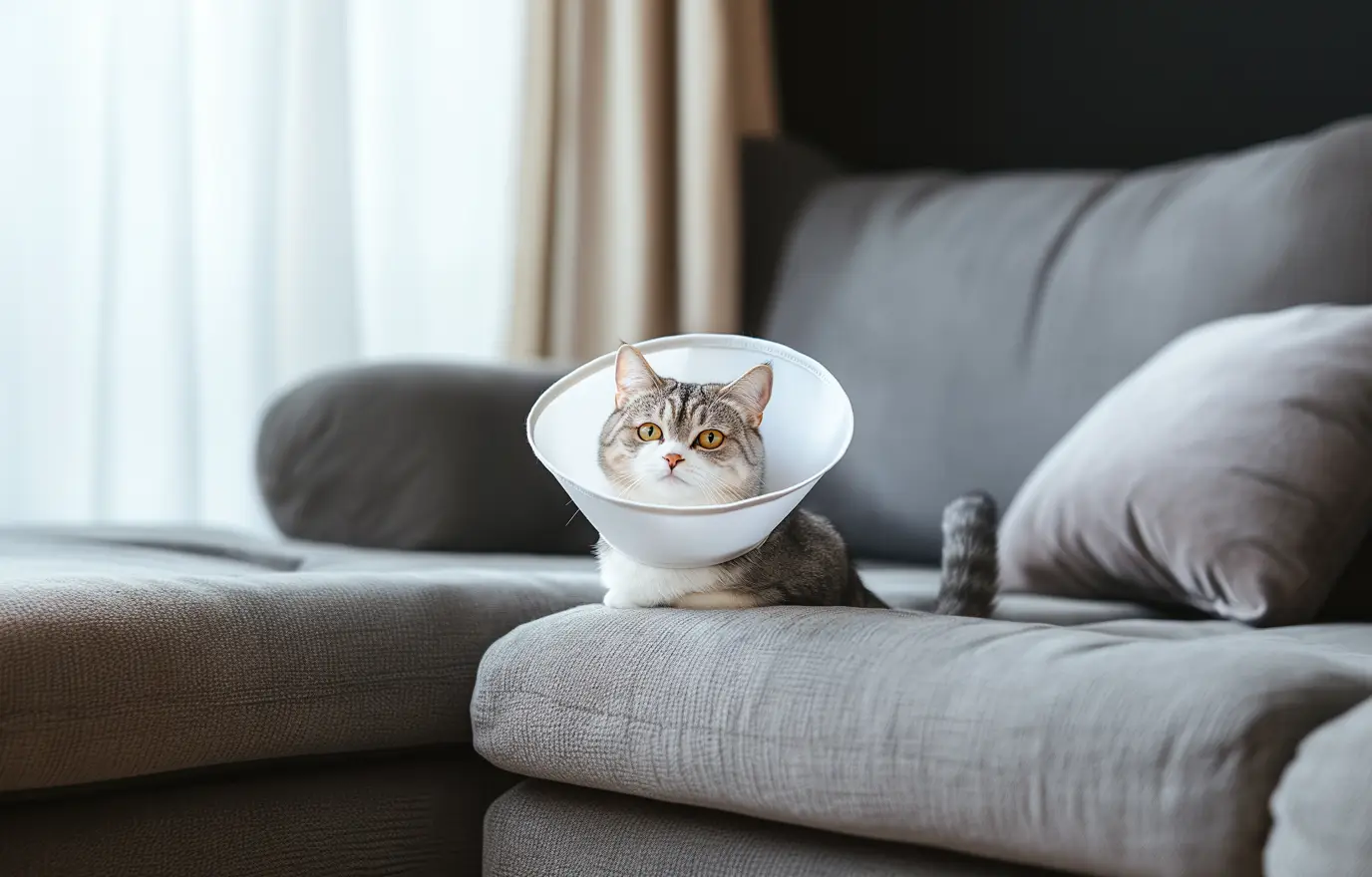
PHOTO: Ashley Davis
Use an Elizabethan Collar: The vet may provide an Elizabethan collar, or you can purchase one from a local pet store. This collar extends beyond the cat's face and prevents it from licking or biting at the surgical incision.
Determine the Need for the Collar: Whether or not the cat needs to wear the collar depends on its behavior. You can try having the cat wear the collar or not and observe its behavior. If the cat begins to scratch or excessively lick the incision site, it will be necessary to use the collar.
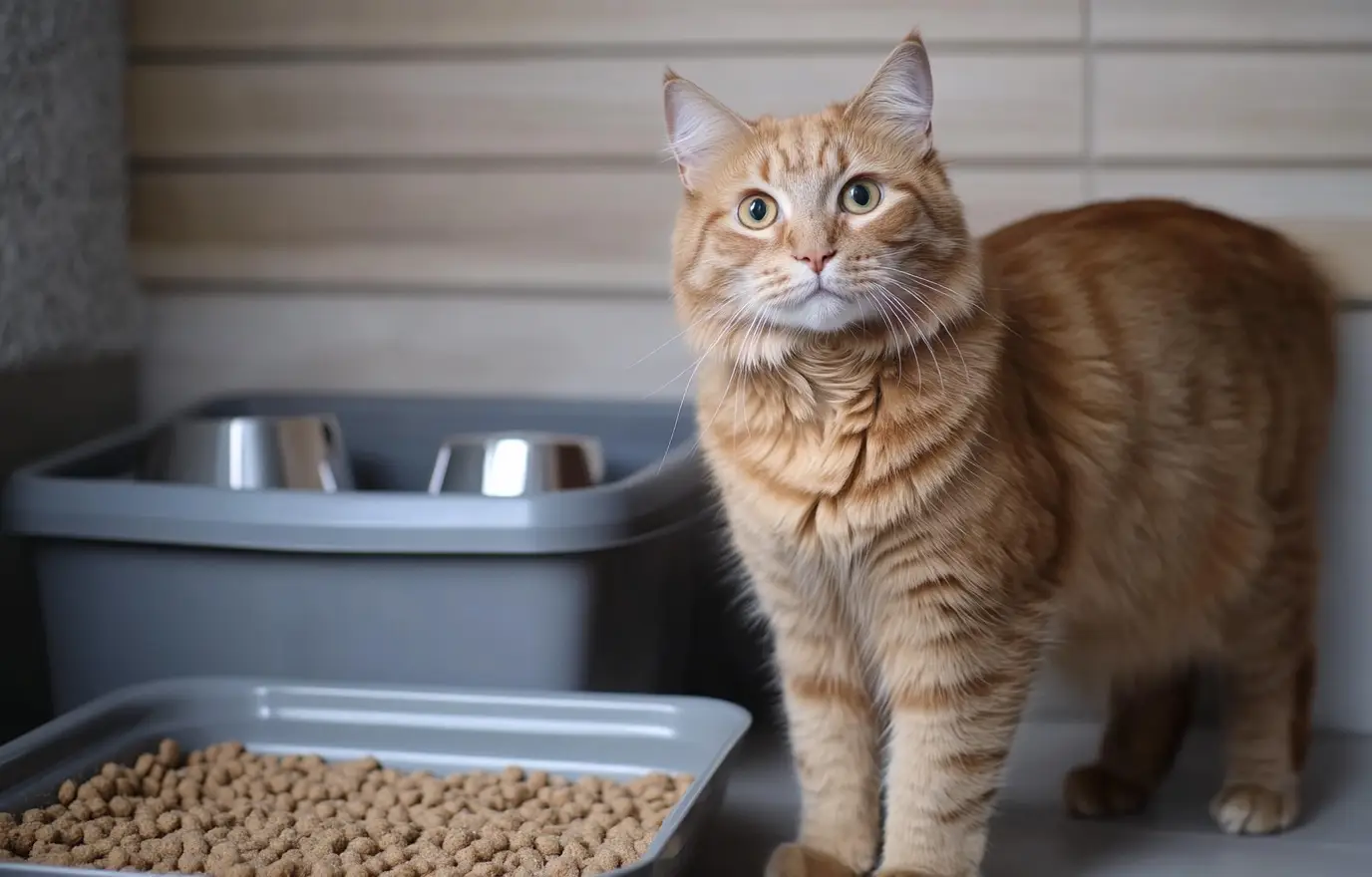
PHOTO: Ashley Davis
Offer Water Immediately: As soon as you get home from the vet, place a shallow dish of water or an ice cube for the cat to lick. This helps rehydrate the cat after anesthesia.
Follow Feeding Instructions: Adhere to any feeding instructions provided by the vet. If no specific instructions are given, use the following guidelines:
For Alert Cats: If the cat appears alert and responsive, you can offer a small amount of food, about one-quarter of its usual portion, 2-4 hours after returning home. Avoid forcing the cat to eat or drink.
Gradual Feeding: If the cat can eat, offer another small portion of food 3-6 hours later. Continue this pattern until the cat consumes a full meal, then resume its normal feeding routine.
For Kittens Under 16 Weeks: After setting up the kitten comfortably at home, immediately offer a small amount of food, approximately half of its usual portion.
If the Kitten Refuses Food: Try applying a small amount of maple syrup or corn syrup to the kitten’s gums with a cotton ball or swab to stimulate its appetite.
Avoid Special Foods: Do not give the cat any "special" foods, treats, or junk food post-surgery. The cat’s stomach might be sensitive, so maintain its regular diet. Additionally, avoid giving milk, as cats cannot digest it properly.
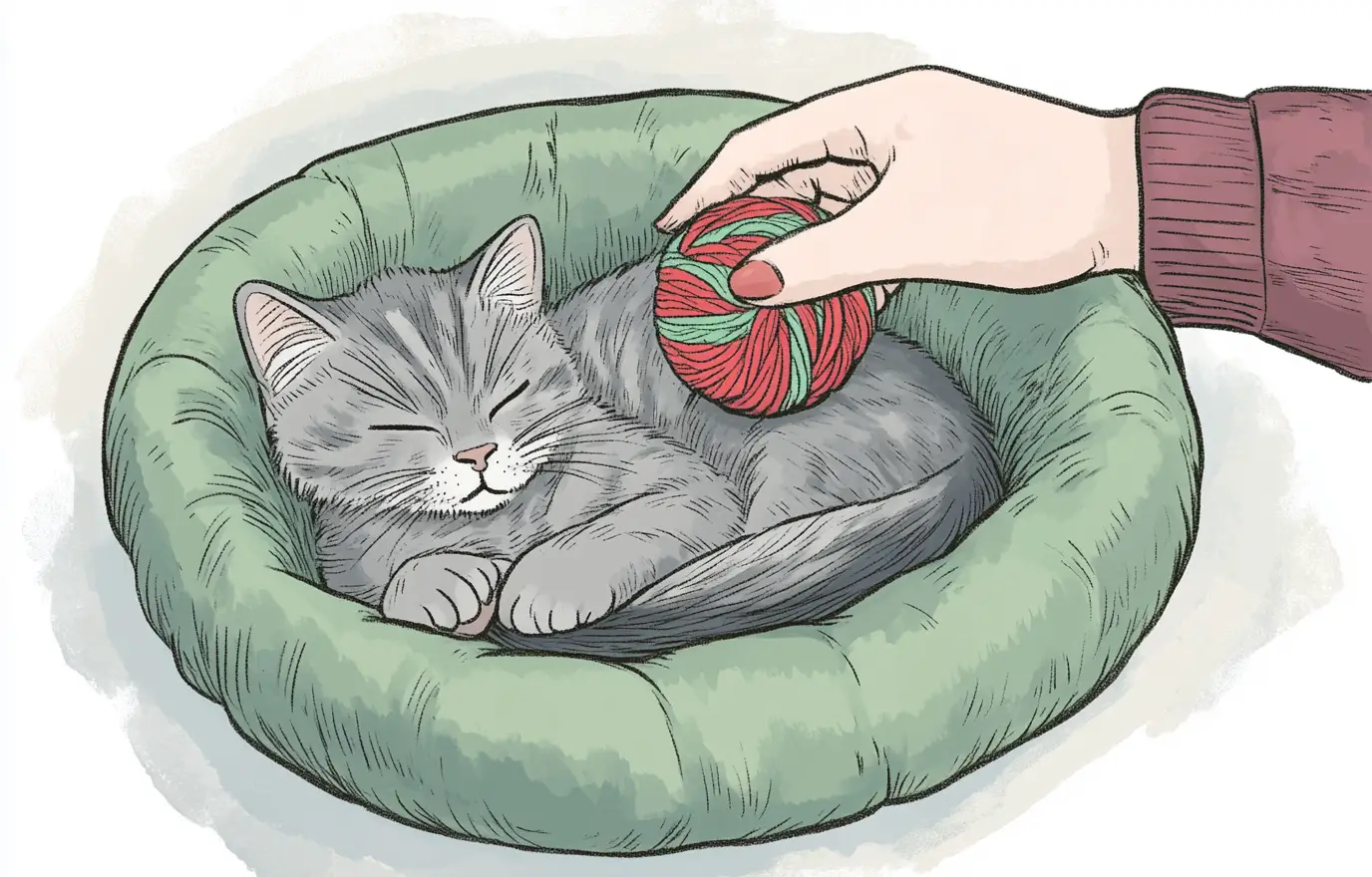
PHOTO: Ashley Davis
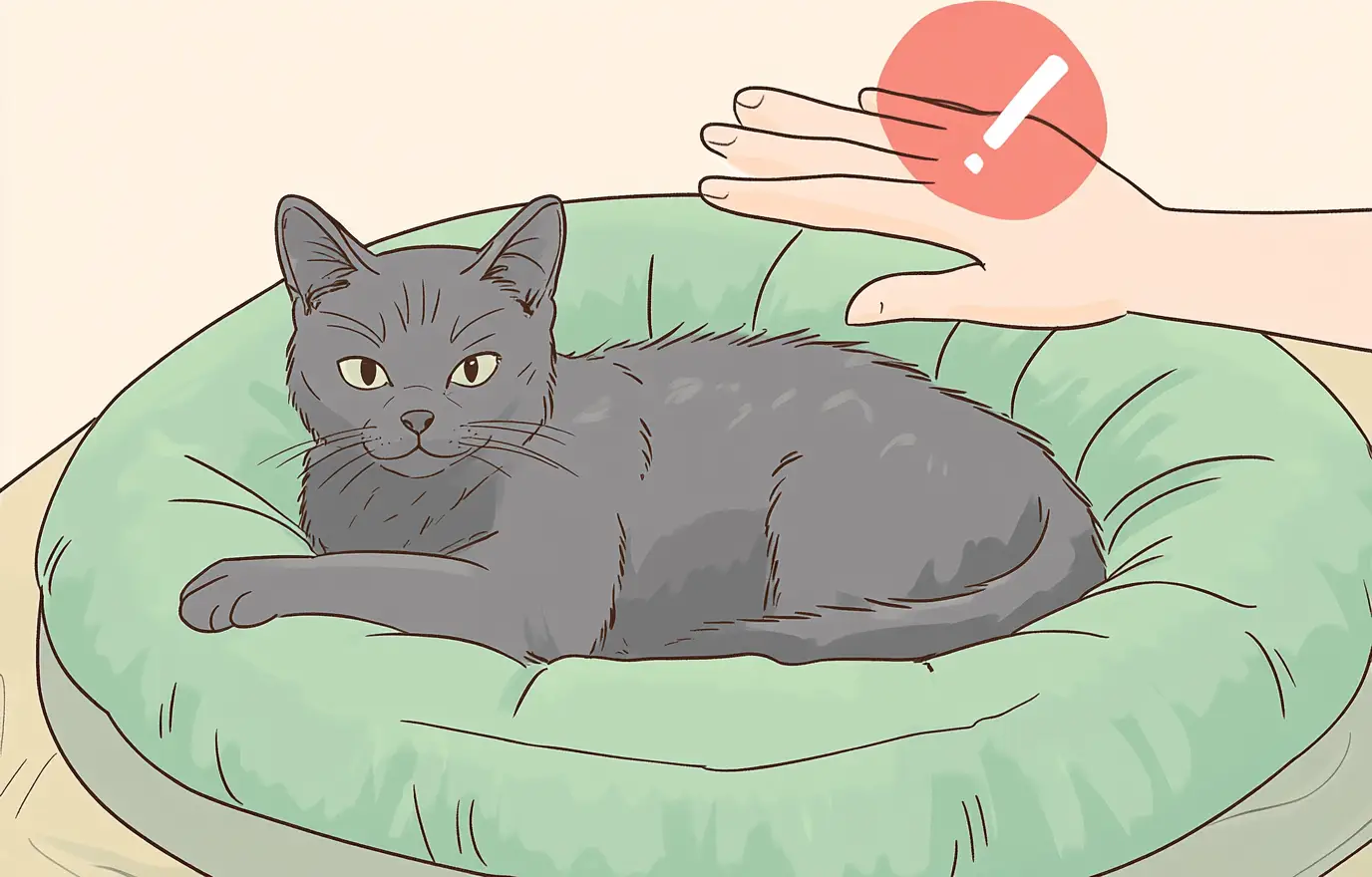
PHOTO: Ashley Davis
Unless absolutely necessary, avoid picking up the cat. Frequent handling or moving can risk tearing the surgical incision. For male cats, avoid putting pressure on the scrotal area under their tail. For female cats and male cats with undescended testicles, avoid pressing on their abdomen.
If you must pick up the cat, try the following method: support the cat's hindquarters with one hand and use the other hand to support the chest beneath its front legs, then gently lift the cat.
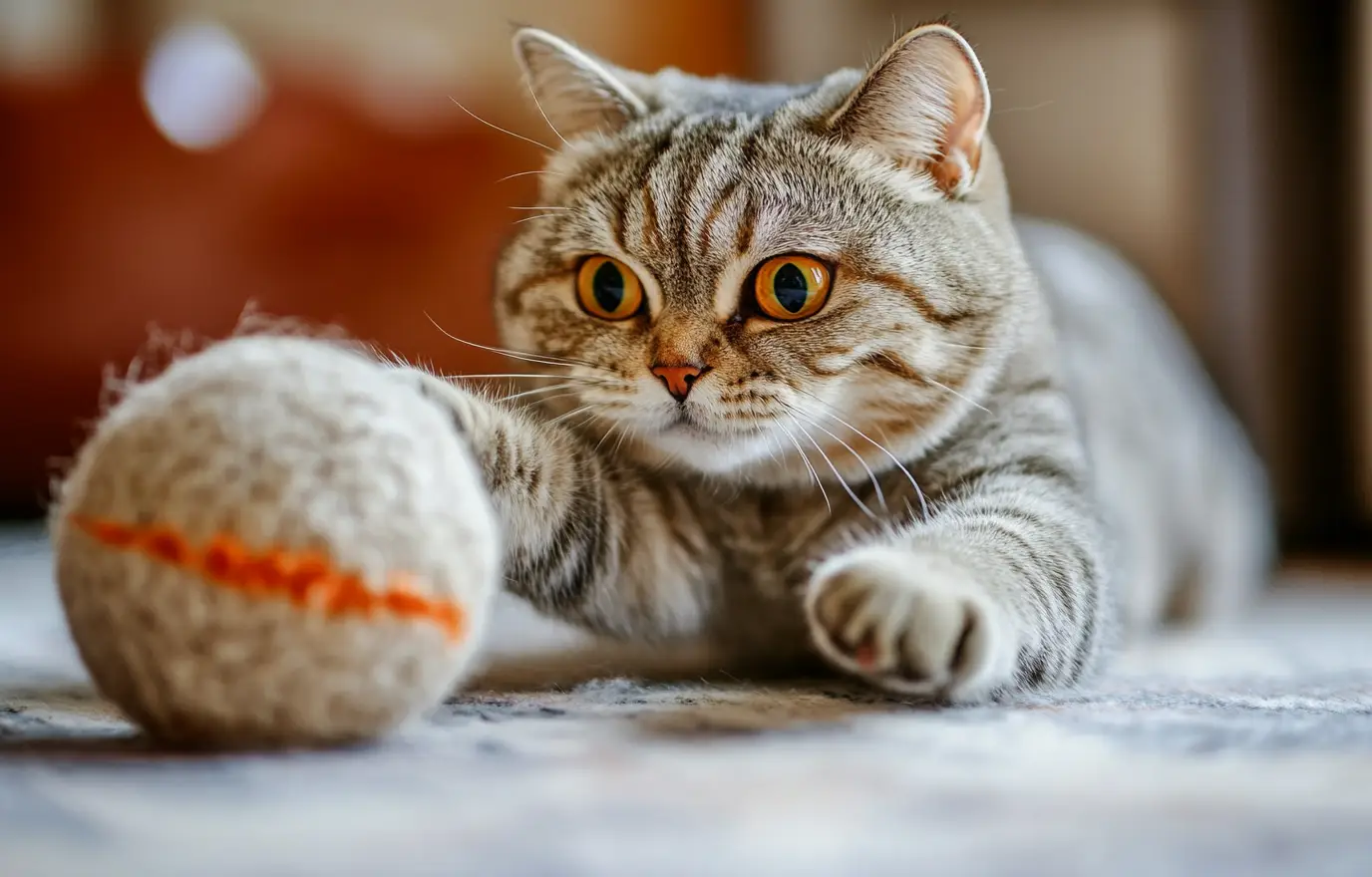
PHOTO: Ashley Davis
For one week after surgery, prevent the cat from jumping, playing, or moving excessively to avoid irritating the surgical site or causing an infection.
Remove cat trees, high perches, and other furniture the cat likes to jump on.
Keep the cat in a small room, such as a laundry room or bathroom. If you cannot supervise it continuously, confine the cat in a crate or cage.
Consider carrying the cat up and down stairs. Although going up and down stairs is unlikely to cause additional harm to the incision or surgical site, it's best to take precautions.
A cat in pain and discomfort post-surgery may try to escape. Be vigilant while supervising it, especially during the first 24-48 hours after surgery.
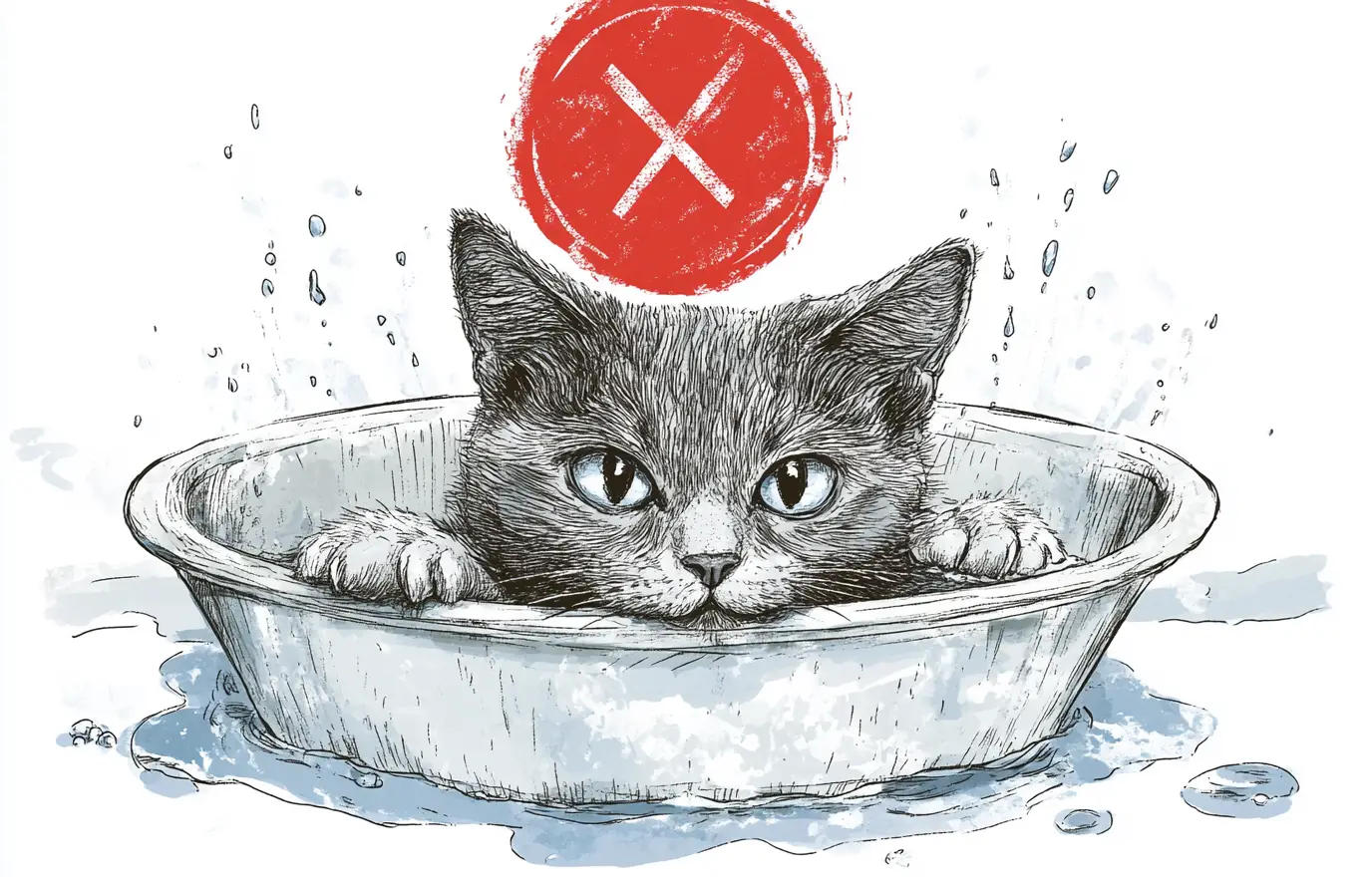
PHOTO: Ashley Davis
Avoid giving the cat a bath for 10-14 days after surgery to prevent irritating the surgical site or causing an infection.
If necessary, you can dampen a cloth without soap to gently clean around the surgical incision, but avoid getting the incision itself wet. Do not scrub or apply pressure to the surgical site.
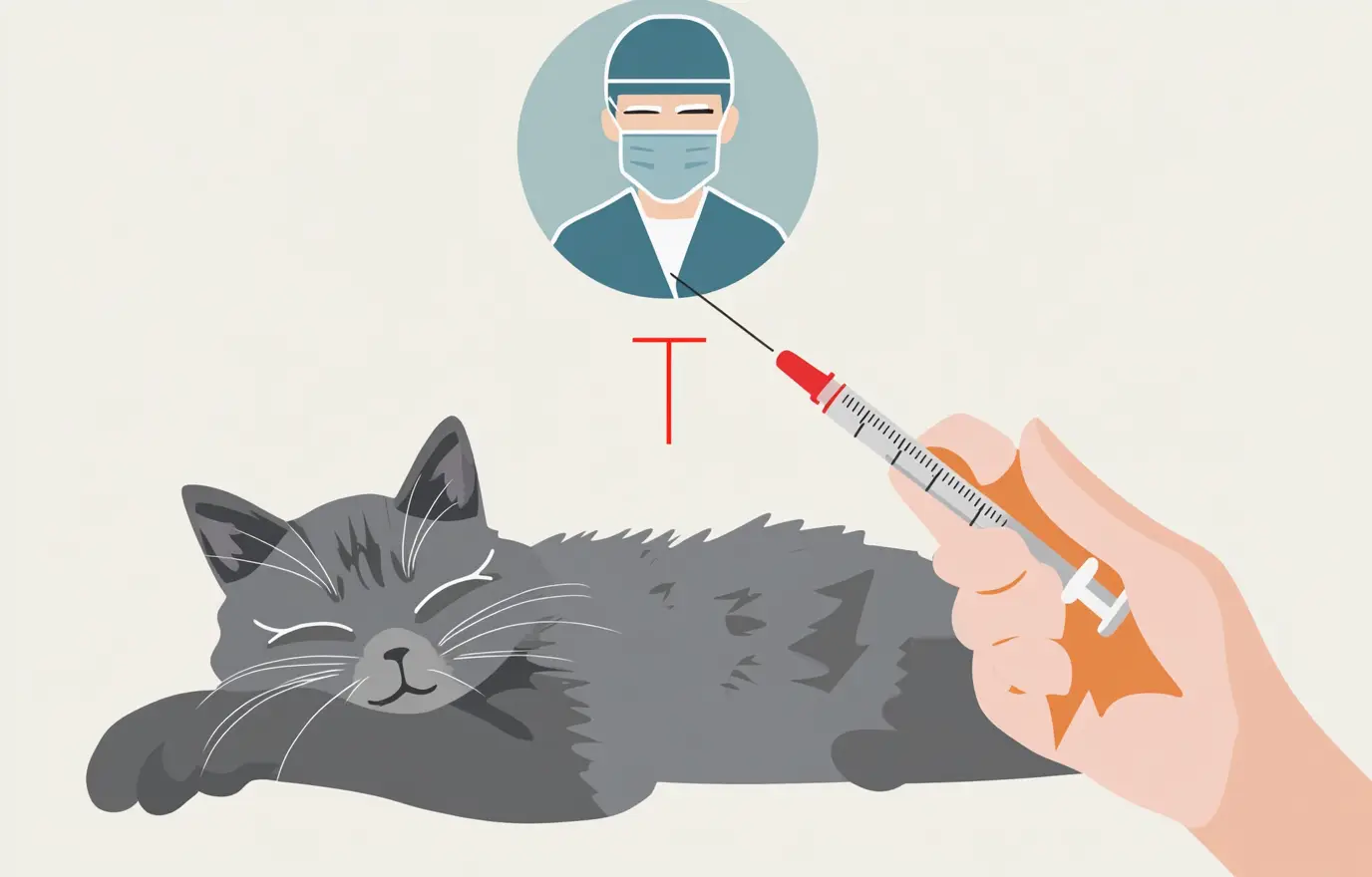
PHOTO: Ashley Davis
The vet may prescribe medication for the cat. Even if you don't see any signs of pain, you must follow the instructions for medication. Cats are very good at hiding pain, and they may be suffering even if it’s not visible. Never give the cat any medication that is not prescribed by the vet. [16]
Medications meant for humans or other animals, like dogs, can be harmful or even fatal to cats. Do not give the cat any medication that the vet has not approved, including over-the-counter drugs. Even common over-the-counter medications like Tylenol can be deadly to cats.
Do not apply any products to the surgical site, including antibacterial or antiseptic ointments, unless specifically instructed by the vet.
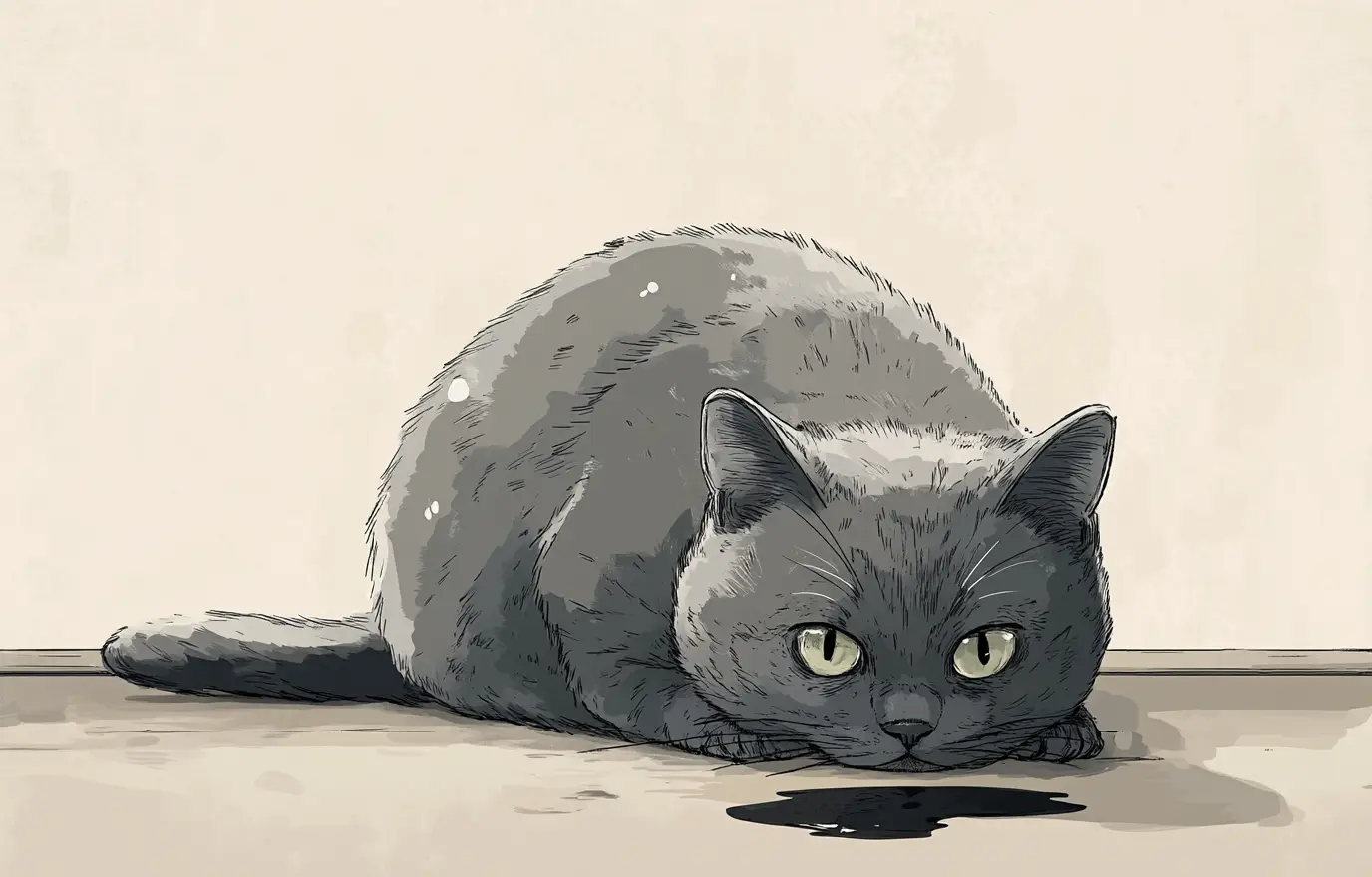
PHOTO: Ashley Davis
1: Watch for Vomiting
Pay attention to whether the cat vomits. If the cat vomits after eating on the night of the surgery, remove the food and do not offer more. Try giving a small amount of food the next morning. If the cat vomits again or has diarrhea, contact the vet.
2: Check the Surgical Incision Daily
Inspect the cat’s surgical incision every morning and evening for 7-10 days after the surgery. Compare the appearance of the incision with how it looked on the first day after surgery to assess healing. Contact the vet if you observe any of the following:
- Redness: The edges of the incision may initially be pink or light red but should gradually fade. If the incision becomes increasingly red or appears deep red at any time, it may be infected.
- Bruising: Some redness to purple bruising around the incision site is normal during healing. However, if the bruising increases, worsens, becomes severe, or new bruises form, schedule a follow-up with the vet.
- Swelling: Mild swelling around the incision is normal during healing. If the swelling persists for a long time or worsens, contact the vet.
- Discharge: A small amount of light red discharge around the incision site is normal. However, if the discharge continues for more than one day, increases in amount, is bloody, or appears green, yellow, white, or has a foul odor, take the cat to the vet.
- Wound Edge Separation: Incisions on the scrotal area of male cats are open but small and should heal quickly. For female cats or male cats with abdominal incisions, stitches may be visible or not. Visible stitches should remain intact. If stitches are not visible, the wound edges should stay closed. If the wound edges start to separate or if you see stitch material protruding from the wound, take the cat to the vet immediately.
3: Check the Cat’s Gums
The cat’s gums should be pink to red. When you gently press on the gums and release, they should quickly return to their normal color. If the cat’s gums appear pale or do not return to their normal color after being pressed, contact the vet immediately.
4: Watch for Signs of Pain
Cats do not express pain the same way humans or dogs do. Be attentive to signs of discomfort. If you notice any signs of pain, the cat may need assistance, and you should contact the vet. Common signs of pain in post-surgery cats include:
Hiding or attempting to escape
Depression or lethargy
Loss of appetite
Curling up or hunching
Tense abdominal muscles
Growling
Hissing
Anxiety or being easily startled
5: Watch for Other Warning Signs
Closely monitor the cat’s behavior to ensure it is recovering well. Any behavior that seems “abnormal” should resolve within 24 hours post-surgery. If you notice any unusual behavior or symptoms, contact the vet immediately. Watch for the following signs:
Excessive lethargy persisting beyond 24 hours post-surgery
Diarrhea
Vomiting continuing after the first night
Fever or chills
Lack of appetite lasting more than 24-48 hours post-surgery
Adult cats not eating 24 hours after surgery or kittens not eating 12 hours after surgery
Difficulty or pain while urinating
No bowel movement for more than 24-48 hours post-surgery
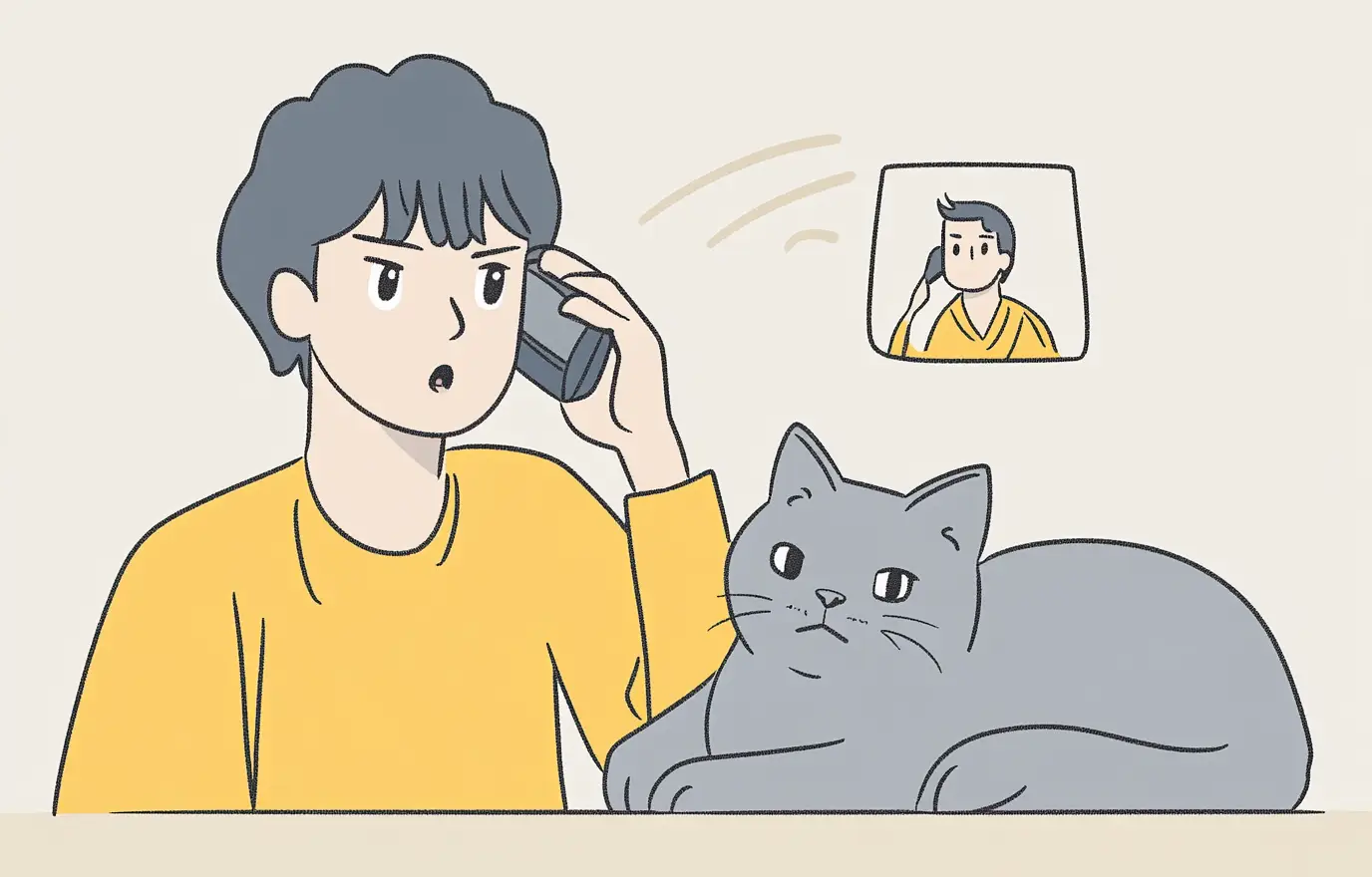
PHOTO: Ashley Davis
Usually, contacting the vet with any concerns is sufficient to address issues and aid in the cat’s recovery. However, certain situations require immediate emergency care. If you observe any of the following behaviors in the cat, contact emergency veterinary services or an animal hospital right away:
Loss of consciousness
Unresponsiveness
Difficulty breathing
Signs of severe pain
Altered mental state (such as the cat not recognizing you or its surroundings, or exhibiting unusual behavior)
Abdominal bloating
Bleeding
Follow-Up Appointment
The cat may not have visible stitches, but if there are any stitches, they need to be removed within 10-14 days post-surgery.
Even if the cat doesn’t require stitch removal, a follow-up appointment is necessary according to the vet’s advice.
Tips
On the first day after surgery, keep young children away from the cat.
Use newspaper or dust-free cat litter for easy cleanup.
After a male cat is neutered, avoid allowing contact with unspayed female cats for at least 30 days. Male cats can still impregnate females within 30 days post-neutering.
Warnings
Keep the cat indoors and allow it to rest for at least 7-10 days before letting it outside to avoid re-injuring the surgical site.
If you notice anything unusual about the cat, contact the vet as soon as possible.

